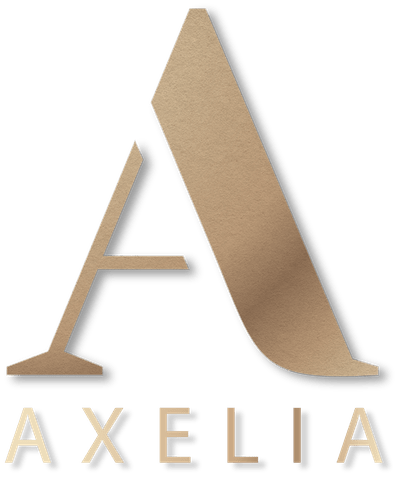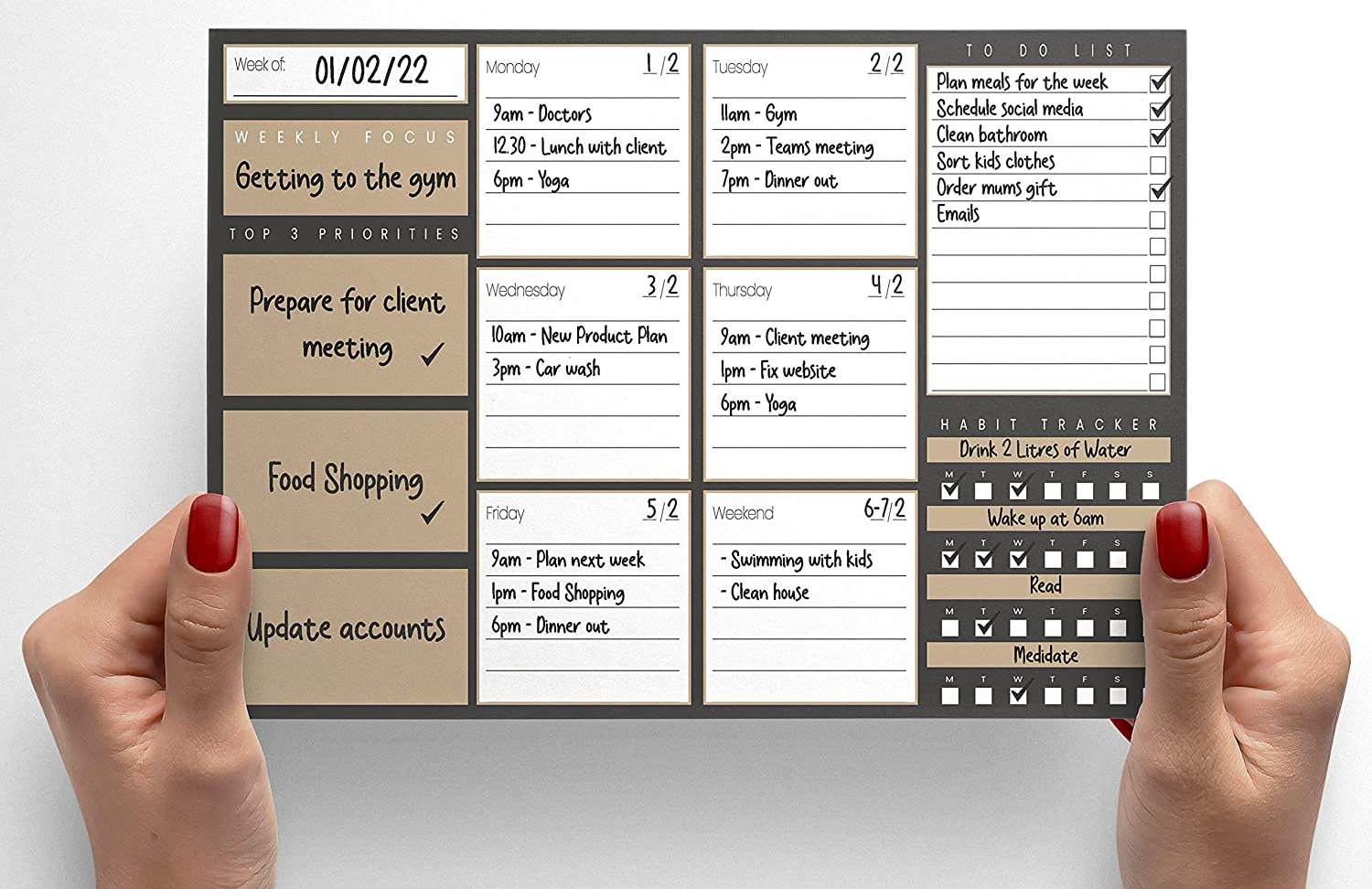It’s easy to disregard the idea of scribbling down obligations on a sheet of paper now that there are computerised applications like weekly planners available on your laptop and your smart devices. However, you should try putting down your smartphone and picking up a pen instead. Take a look at some of the reasons why using an old-fashioned to-do list is more effective and safe than using a computerised to-do list:
Reduce health risks from RF-EMF & Blue-Light.
Our business is based on educating people on the dangers of using modern-day technology that can cause serious long term damage from RF-EMF from any wireless device and Blue-light from any man-made screen. Using paper-based products helps reduce these exposures to mitigate these dangers.
Writing helps you remember more.
Typing is a completely automated procedure. We can do it without retaining a great deal of data. Writing things down by hand, on the other hand, is more engaging. You’re considerably more likely to recall a doctor’s appointment at 2 p.m. on a Thursday if you write it down rather than typing it into a computerised planner.
You can put everything in one place.
Apps are definitely beneficial, but they’re also incredibly dispersed. You might have a note-taking app and a date-and-time appointment app. You’ll quickly find yourself switching between programs to stay on top of your everyday responsibilities. With paper, you can keep track of everything you need to do in one place.
You can keep track of both short and long-term goals.
People commonly think of planners as a tool to keep track of appointments, but certain planners—often referred to as “lifelong planners”—allow you to do long-term planning. For example, you might wish to set a goal of running a specific number of miles in six months. These task-driven entries help you keep track of what you want to achieve and then take the steps necessary to get there.
Crossing off completed tasks is satisfying.
When you cross off an appointment on a physical piece of paper, you get a sense of accomplishment that you don’t get from an app. Drawing a line through a task can provide a sense of accomplishment and encourage you to go on to the next activity. You can also use a “bullet journal,” which is a type of planner that uses a key to identify each stage in a task. If cleaning the house is your goal, a bulleted list might include the bathroom, bedroom, and attic. Breaking down more difficult jobs into digestible chunks allows you to focus on one at a time and keeps track of how far you’ve come.
You can reflect on your activities.
Paper planners allow for some contemplation. Let’s imagine the past two weeks were very hectic for you. A short peek at your planner will reveal how many obligations you have and where you might re-organise your schedule. Digital planners are frequently designed to alert you rather than to help analyse your life. Paper not only tells you what you’ve been doing with your time, but it also shows you how to save more of it by eliminating tasks that interfere with your productivity.
There are no distractions.
It’s a little risky to open a calendar app. Games, films, and other diversions on your phone can take you away from your other tasks. There are no such temptations with paper. Its purpose is to keep track of data in the most efficient and productive manner feasible.

